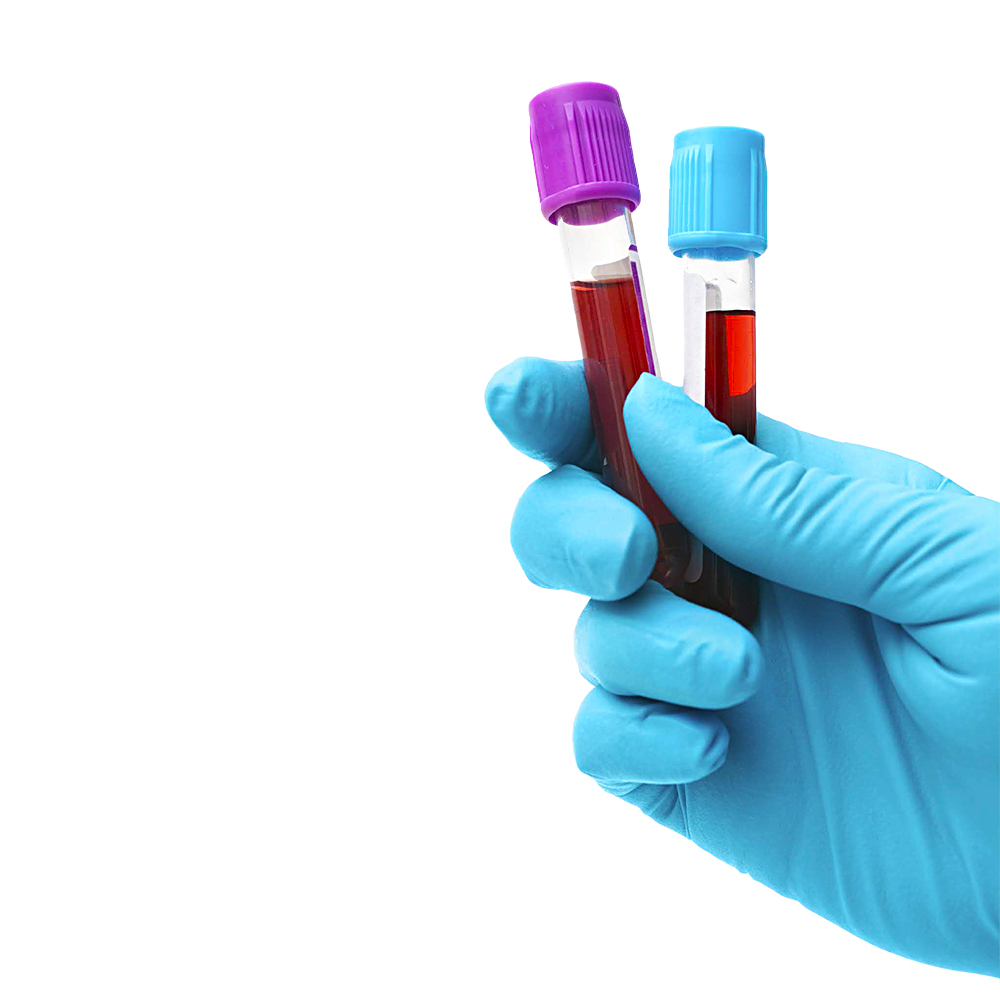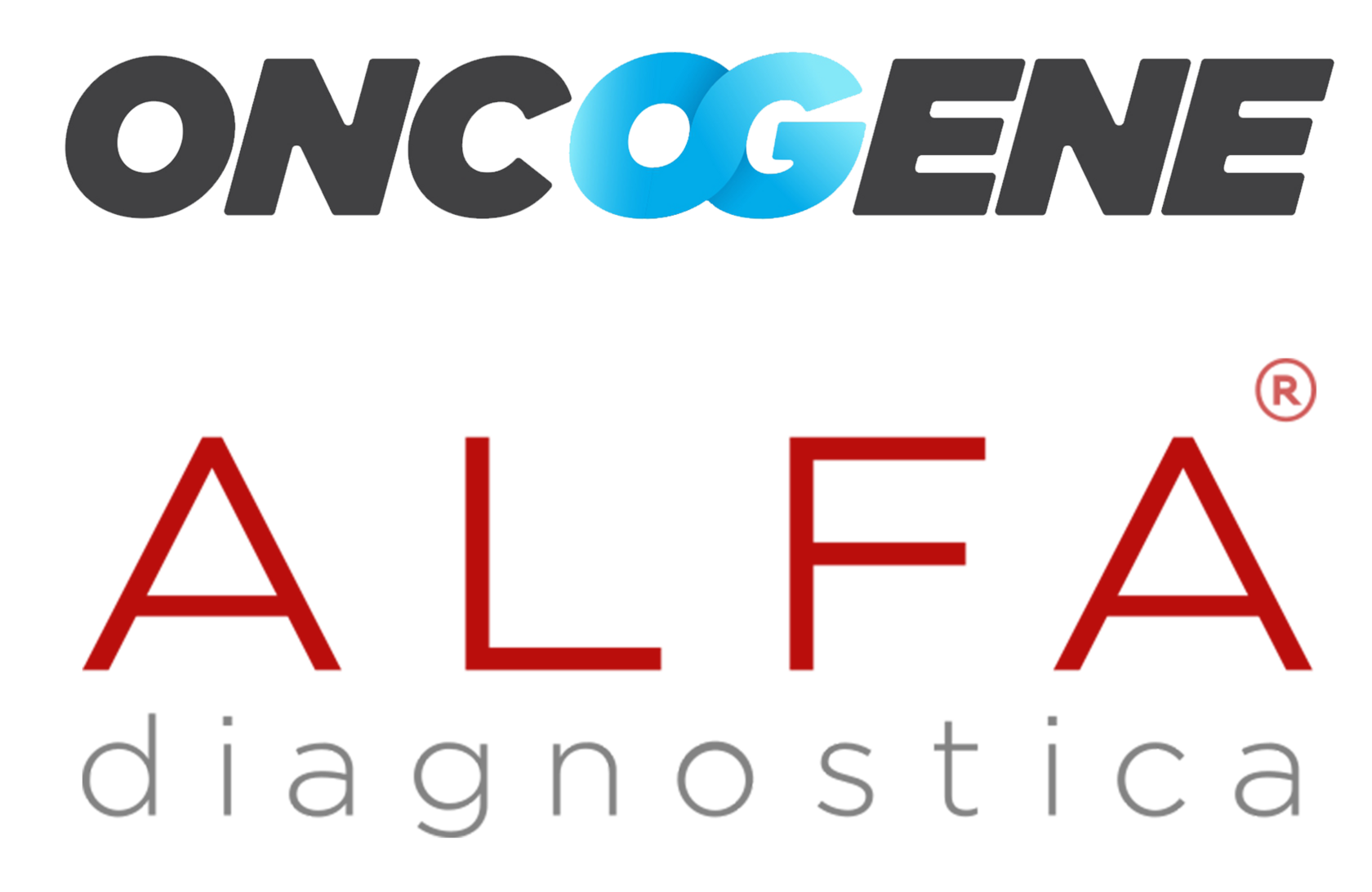




Brain tumors account for 85%–90% of all primary tumors of the central nervous system (CNS). Diagnosis of glial malignancies of the brain is based on histopathological examination of tumor tissue obtained through invasive sample collection (biopsy or surgical excision).
The risks associated with biopsies are well known: pain and discomfort, intracranial hemorrhage, cerebral edema, infection, morbidity (25-30%), and mortality
Approximately 70% of patients with radiological intracranial mass lesions undergoing biopsy, are found to be non-malignant, indicating a high proportion of people undergoing invasive procedures that are retrospectively deemed unnecessary.
Thus, non-invasive detection of biomarkers of malignancy has significant advantages – reduction of risks, optimization of resources, cost savings, and avoidance of delays in diagnosis and treatment time, especially in inoperable cases where tissue sampling is not feasible.
The risks associated with biopsies are well known: pain and discomfort, intracranial hemorrhage, cerebral edema, infection, morbidity (25-30%), and mortality
Approximately 70% of patients with radiological intracranial mass lesions undergoing biopsy, are found to be non-malignant, indicating a high proportion of people undergoing invasive procedures that are retrospectively deemed unnecessary.
Thus, non-invasive detection of biomarkers of malignancy has significant advantages – reduction of risks, optimization of resources, cost savings, and avoidance of delays in diagnosis and treatment time, especially in inoperable cases where tissue sampling is not feasible.
Features
Trublood CNS has a very high accuracy in detecting primary glial malignancies of various grades of malignancy (II-IV) and their subtypes: gliomas, astrocytomas, oligodendrogliomas, oligoastrocytomas and glioblastomas regardless of gender and age.
Features
Trublood CNS has a very high accuracy in detecting primary glial malignancies of various grades of malignancy (II-IV) and their subtypes: gliomas, astrocytomas, oligodendrogliomas, oligoastrocytomas and glioblastomas regardless of gender and age.

- High clinical sensitivity of the test indicates a very low risk of "missing" any primary glial malignant tumor
- High clinical specificity of the test indicates an almost complete absence of the risk of false-positive results in individuals without a primary glial malignant tumor

Indications
- Patients with suspected glial malignant tumors based on clinical-laboratory and/or imaging (MRI) data, to whom invasive tissue sampling is recommended as part of standard diagnostic evaluation
- Patients requiring diagnostic support for inoperable and/or non-biopsied intracranial mass lesions
- Patients with inconclusive biopsy results or results that do not align with clinical observations
- Patients suspected of recurrence who have previously been diagnosed and treated for a glial malignant tumor
Trublood CNS is not proposed:
- To replace standard tissue biopsy-based diagnostics in patients where it is recommended, necessary, and feasible
- To detect uncommon subtypes (lymphomas, gliosarcomas)
- To determine the subtype or grade of malignancy

Diagnostic Characteristics
Clinical validation studies have demonstrated an overall (cumulative) sensitivity of >99% and 100% specificity for detecting circulating malignant glial cells
Decided to take the test!
Decided to take the test!

Book your first consultation with a doctor
The doctor will inform you about the upcoming testing, answer any questions you may have, and then ask you to sign an informed consent form for the test. Then, the doctor will complete a special form (application) according to the requirements of Trublood
The doctor will inform you about the upcoming testing, answer any questions you may have, and then ask you to sign an informed consent form for the test. Then, the doctor will complete a special form (application) according to the requirements of Trublood

Prepare for the test
Collect Your Blood Sample:
- 10 days before blood draw: Avoid blood transfusions
- 24 hours before blood draw: Avoid CT/PET scans and surgical procedures
- 6 hours before blood draw: Do not eat (water is allowed)
Collect Your Blood Sample:
- No appointment needed at any ALFA Diagnostica (see locations below)

Book your second consultation with the doctor
The doctor will interpret your test results, answer any questions you have, and provide recommendations for your next steps
The doctor will interpret your test results, answer any questions you have, and provide recommendations for your next steps

Venous blood (30 ml), collected in 2 vacuum tubes with EDTA and 1 vacuum tube with STRECK, according to the Datar Cancer Genetics protocol

Transported by accredited carrier DHL in a specialized container at a temperature of +2°C to +6°C to the Datar Cancer Genetics laboratory in UK

Where can I get tested?
Chisinau
21 N. Теstemițanu, street
Monday – Tuesday, 07:30 - 14:30 I Wednesday, 07:30 - 09:00
Monday – Tuesday, 07:30 - 14:30 I Wednesday, 07:30 - 09:00

Laboratory Report
The test results provided in the laboratory report are intended for professional use only by qualified specialists, considering the capabilities/limitations/characteristics of the test, the patient's current health status, clinical history, and diagnostic data, and, if necessary, should be confirmed/excluded by standard medical procedures.
VIEW SAMPLE REPORTS IN ENGLISH
Book a medical consultation with an expert
Professional and attentive care for each patient
Rusnac Angela
Oncologist
Professional experience 32 years, the highest category
Professional experience 32 years, the highest category
Cost and terms
Cost, in MDL
Trublood CNS
43 000
Working days
15
Test Name

Scientific publications
Published by: Datar Cancer Genetics
Published Year: 2022
Published Year: 2022
Do you have questions?
Call or send us a question

© 2024 Oncogene & ALFA Diagnostica. All rights reserved.
Designed by Targetolog.md.
Designed by Targetolog.md.



